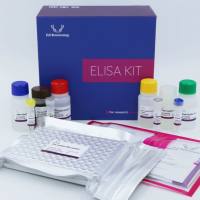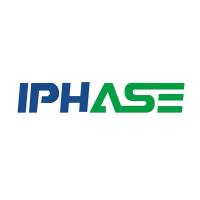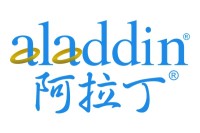DNA-Mediated Gene Transfer
互联网
839
Transfection is the process by which exogenous DNA is transferred into eukaryotic cells. This allows the functional study of a specific gene product within a cellular context. To facilitate expression of the gene of interest, it is first cloned into a vector plasmid DNA that supplies necessary transcriptional and translational control elements ( see Fig. 1 ). There are two types of transfection; transient transfection and stable transfection. Both have advantages and limitations.
Fig. 1. Typical mammalian expression vector. The gene of interest is cloned into a multicloning site flanked by an RNA polymerase binding site, to drive transcription, and a polyadenylation site, to terminate transcription and enhance translation. An upstream enhancer/promoter aids expression. The cloned gene insert must provide the translational start site ATG. Also in this plasmid are genes encoding neomycin phosphotransferase, which gives protection to transfected cells from the G-418 antibiotic when creating stable transfectants, and β-lactamase, which gives transformed bacteria protection from ampicillin antibiotic when replicating the vector.









